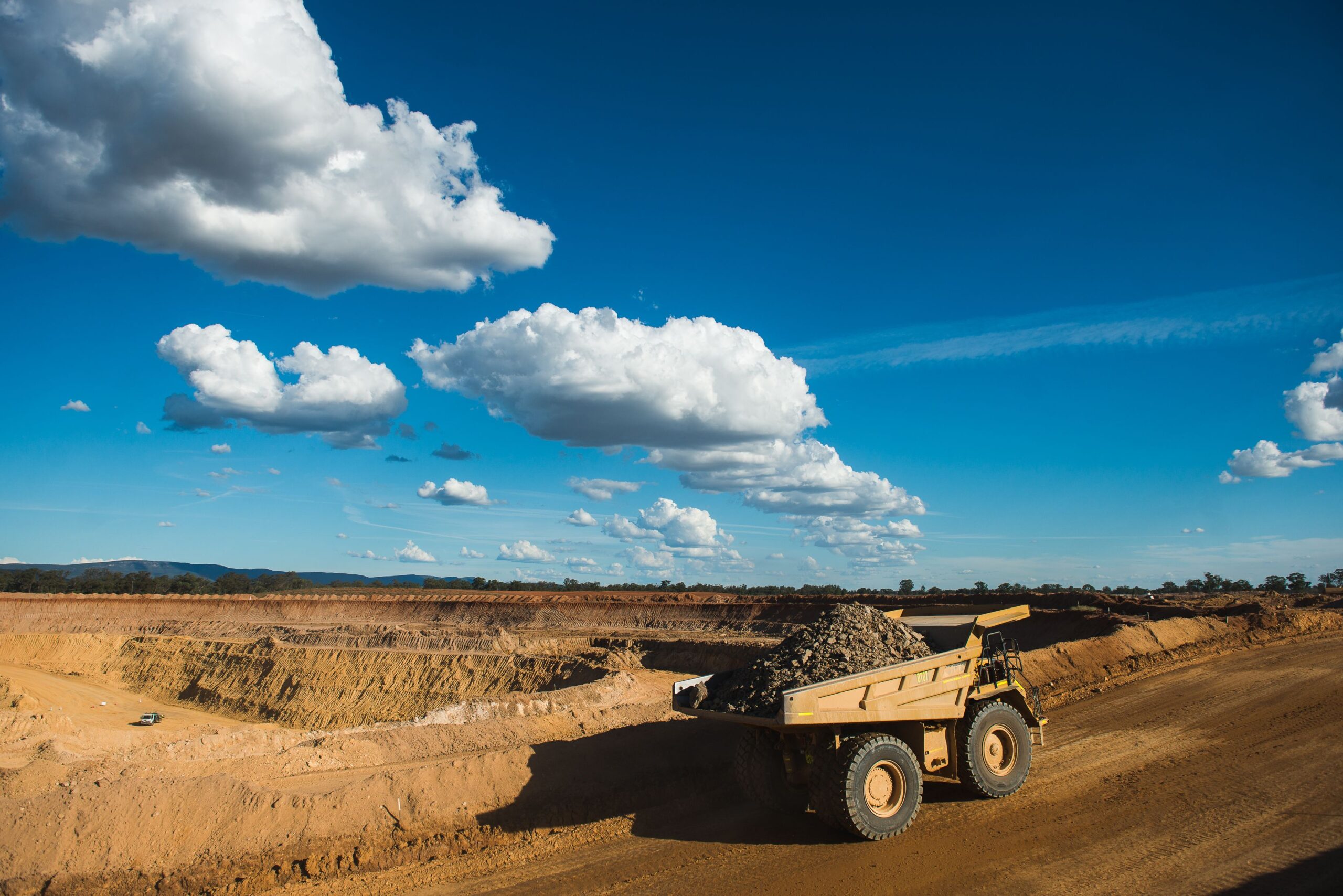I’m filing this editorial from Denver; Colorado having spent the last few days at the Mining Americas Forum in the US state
There were plenty of Australian companies at the event, and even more at the preceding Beaver Creek Precious Metals Summit, also in Colorado. The response from these Australians, whether established producers or junior explorers, was the same – interest couldn’t be stronger for gold stories at present.
This is hardly surprising given the record run the price has been on, but what was particularly interesting was the style of investor attracted to both conferences.
My experience at Denver Gold – an event which must be the best quality gold conference in the world – highlighted the new investors coming into the space for the very first time.
Gold fever has definitively gripped generalist investors and fund managers who previously had no interest in the space.
I met with several investors and analysts who were attending the event for the first time (and paying attention to the gold sector for the first time) encouraged by hedge fund managers who are taking a sudden interest in precious metals.
The overwhelming response from these first-timers was almost disbelief at the free cashflow the gold miners are generating relative to their enterprise value.
It is a once-in-a-generation moment for the gold sector, perhaps even several generations.
The question now is how far can companies go in pursuing growth in the face of the record price? And what are they supposed to do with all this cash they are generating?
They can, of course, hand it back to shareholders but investors are never satisfied for long.
This is where the danger lies. General investors will expect ever-increasing cash flow to match their other investments, but the nature of mining means the larger a company is, the more difficult it is to maintain production levels. Mining 2 mozpa requires you to also find 2 mozpa in additional reserves just to stand still.
In past gold booms, this invariably led to injudicious purchases, with companies either overpaying for assets or, worse, buying ones which don’t stack up when the price corrects itself.
The other problem is the lack of opportunity. There are only so many gold projects out there, particularly which will move the needle for larger companies.
For the majors, this has led to expansion into copper. Barrick Mining Corp in particular appears to have pivoted towards copper in a major way.
For the mid-tiers, there are few development-ready options out there.
The global exploration pipeline is particularly dry. And there is little value to be had in acquiring junior producers whose market value has recently caught up and even surpassed the mid-tiers and majors.
It all adds a faint hint of uncertainty to all the celebrations around Colorado Springs. No one wants to be the party pooper but the more judicious among the delegates – both investors and corporates – will be already planning their exit strategy.
As you will see from the coverage in this edition, most of the last two months in the Paydirt office have been taken up with preparation, execution and post-event reporting of Africa Down Under.
We don’t often pat ourselves on the back here, but to see the levels of interest in this year’s conference filled us with pride.
Some 1,500 delegates, 21 African government relations and 90 exhibitors made it the largest Africa Down Under in the post-COVID period.
We can make any number of claims, but I’ll leave it to West Australian Minister of Mines and Petroleum David Michael, who I think summed it up best.
“It remains integral to shaping and growing Australian-African business and government relations,” Michael said. “I’m proud that the largest event of this kind outside of the African continent is here in Western Australia.”
We look forward to welcoming all those 1,500 delegates and many more in 2026.

